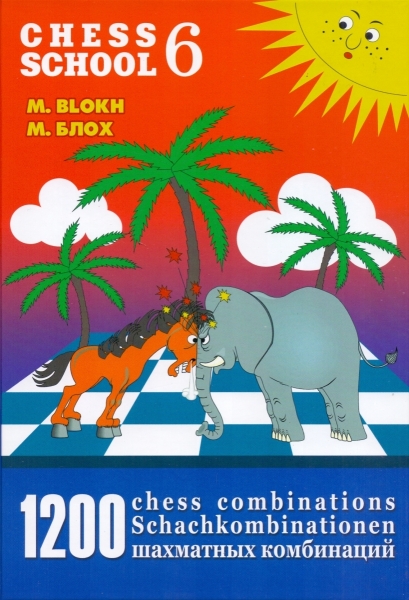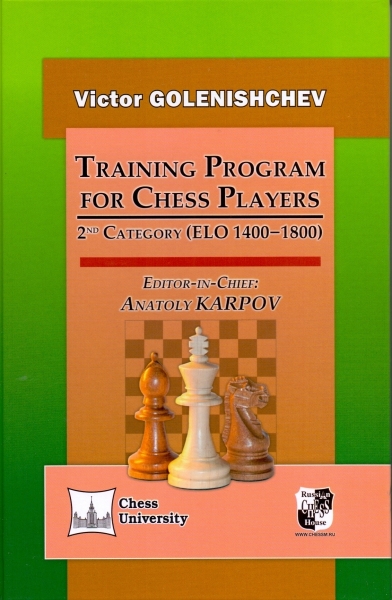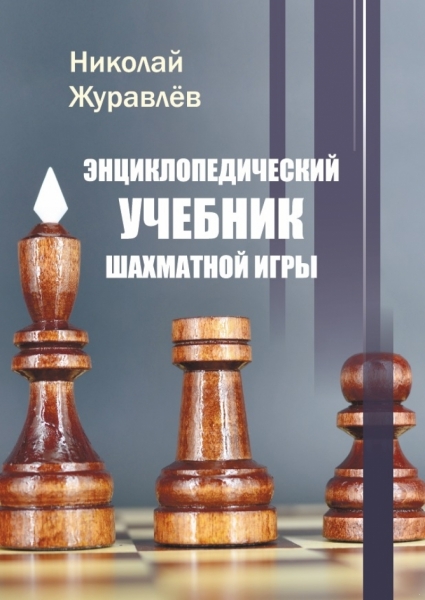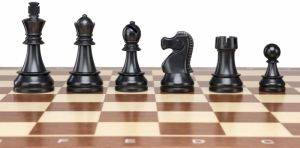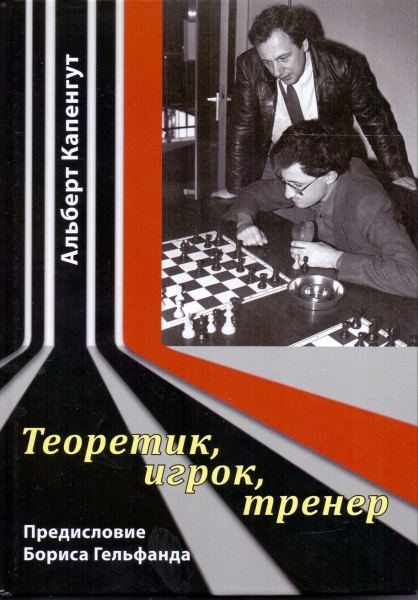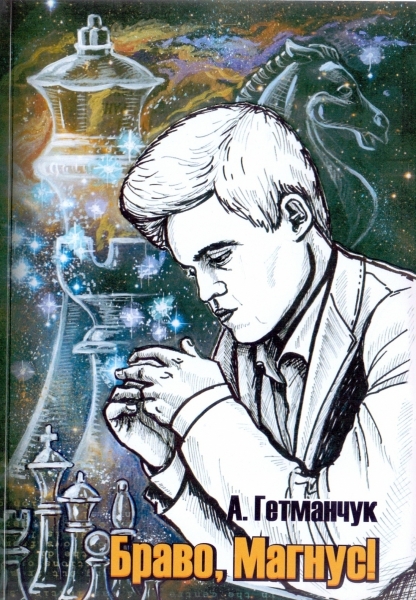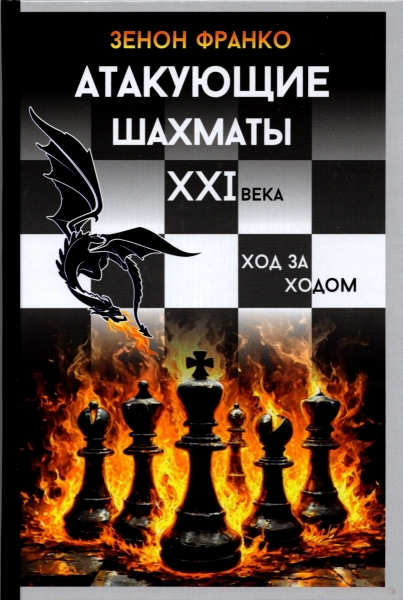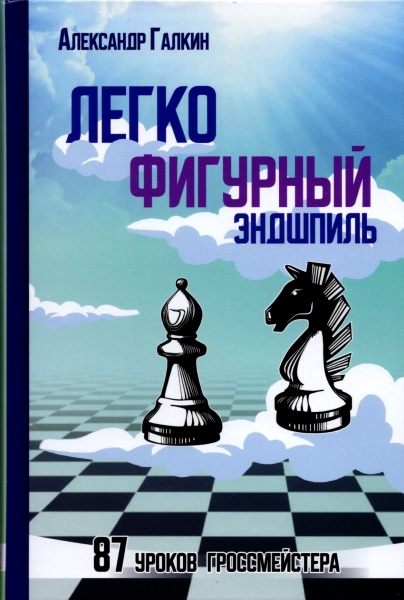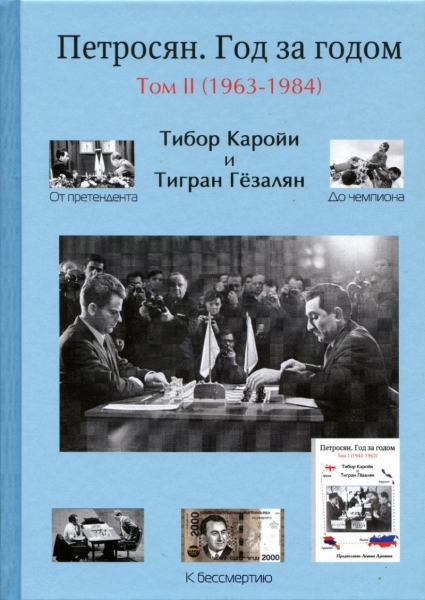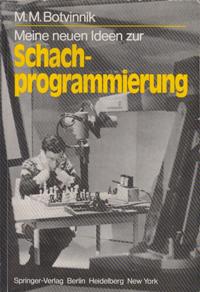Author:
Gezalyan
International Master Tibor Karolyi and FIDE Master Tigran Gozalyan have prepared a major work (in two volumes) about the life and work of the 9th world chess champion Tigran Petrosyan (he held the title from 1963 to 1969).
Volume II (1963-1984) tells about Petrosyan's victory in the 1963 world title match over Mikhail Botvinnik, about the grandiose two-match confrontation with Boris Spassky in 1966 and 1969, about all his candidates' matches after losing the title – against Bobby Fischer, Viktor Korchnoi and other world-class opponents. All tournaments and matches of the second half of Petrosian's chess career are presented, up to his last performances in 1983. The authors subjected 175 complete games and fragments to an in-depth analysis (using modern computers).
Not all of them have been deeply studied and commented on before, but even then the book provides a significantly improved analysis.
Among Petrosyan’s opponents – world champions and contenders Kasparov, Karpov, Fischer, Spassky, Tal, Smyslov, Botvinnik, Korchnoi and Bronstein, as well as Timman, Larsen, Reshevsky, Belyavsky, Polugaevsky, Portisch, Romanishin and many others.
Special attention is paid to his coaches – Alexey Suetin and Igor Zaitsev.
50.00 $
 The logic of modern chess
Author:
The logic of modern chess
Author: Siegbert Tarrasch. The Queen
Author:
Siegbert Tarrasch. The Queen
Author: High quality acrylic metal heavy chess pieces with wooden board
202.50 $
High quality acrylic metal heavy chess pieces with wooden board
202.50 $
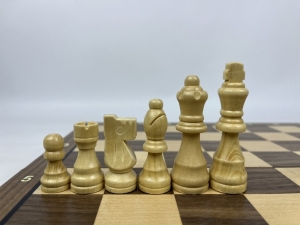 Wooden magnetic Staunton chess with a lock (silver)
56.25 $
Wooden magnetic Staunton chess with a lock (silver)
56.25 $
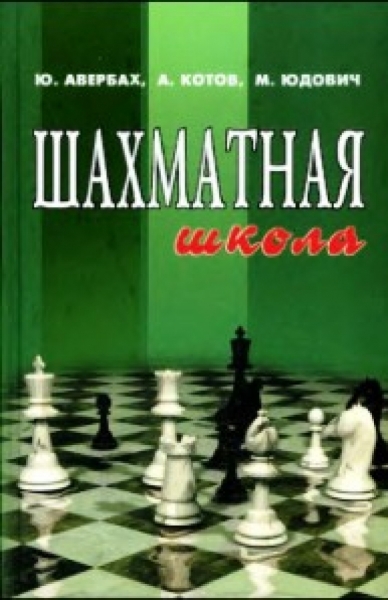 Chess school
Author:
Chess school
Author: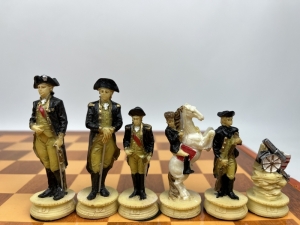 The chess set of The Chessmen. US war - Great Britain
325.00 $
The chess set of The Chessmen. US war - Great Britain
325.00 $
 Chess textbook. Party diamonds
Author:
Chess textbook. Party diamonds
Author: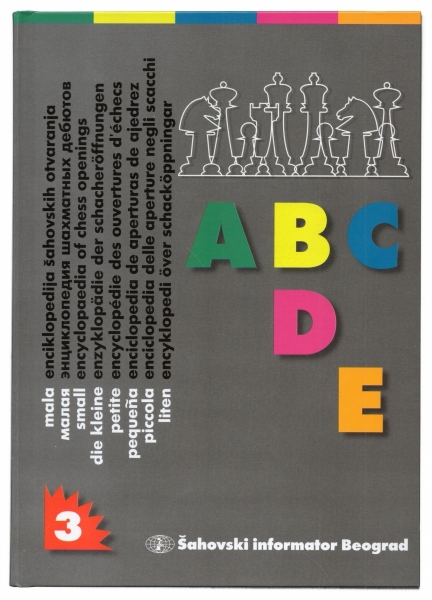 The Small Encyclopedia of Chess Openings. ABCDE (3rd Edition)
175.00 $
The Small Encyclopedia of Chess Openings. ABCDE (3rd Edition)
175.00 $
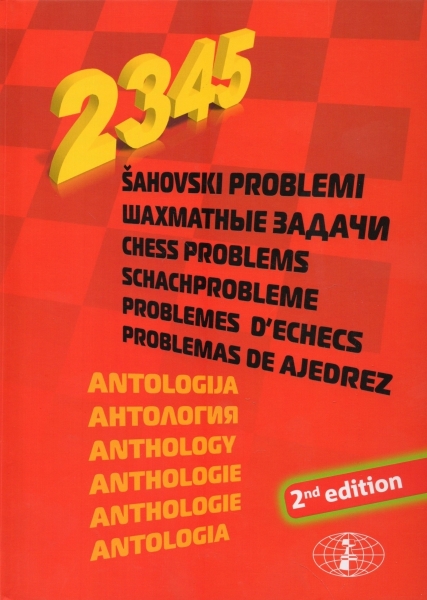 Anthology of Chess Problems - 2345
Author:
Anthology of Chess Problems - 2345
Author: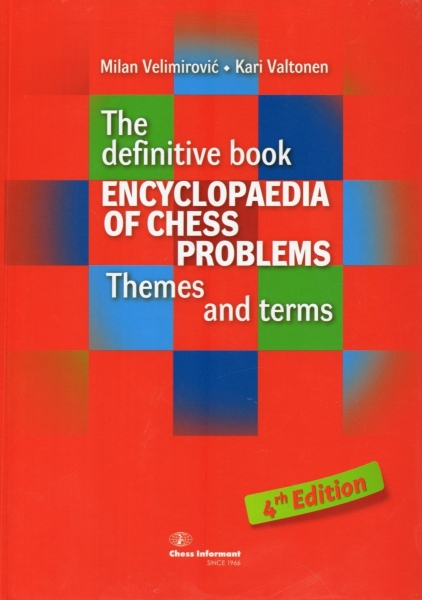 Encyclopedia of Chess Problems - Topics and Terms. 3rd edition.
Author:
Encyclopedia of Chess Problems - Topics and Terms. 3rd edition.
Author: Русский
Русский  Английский
Английский 